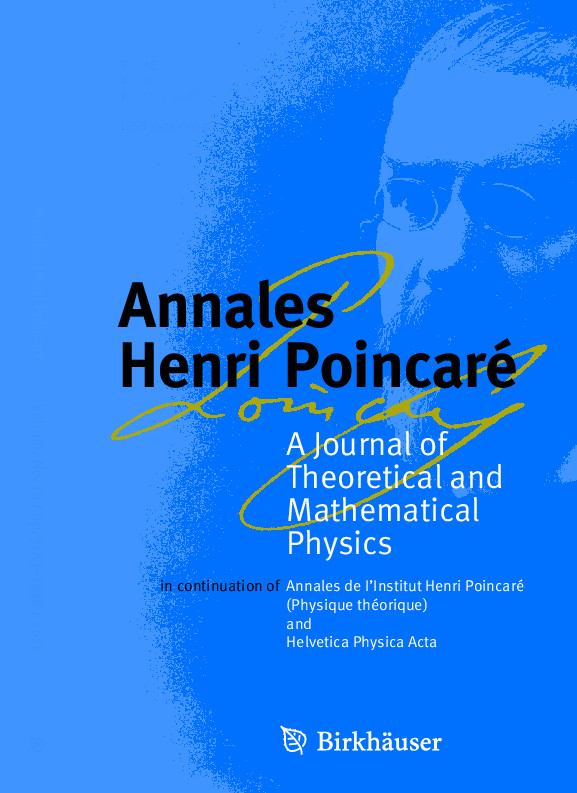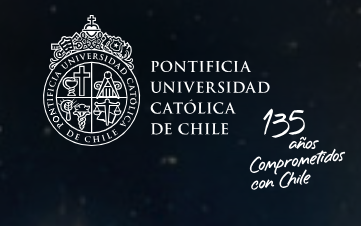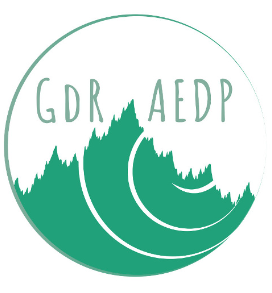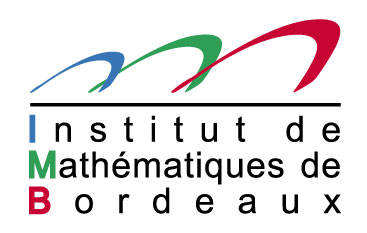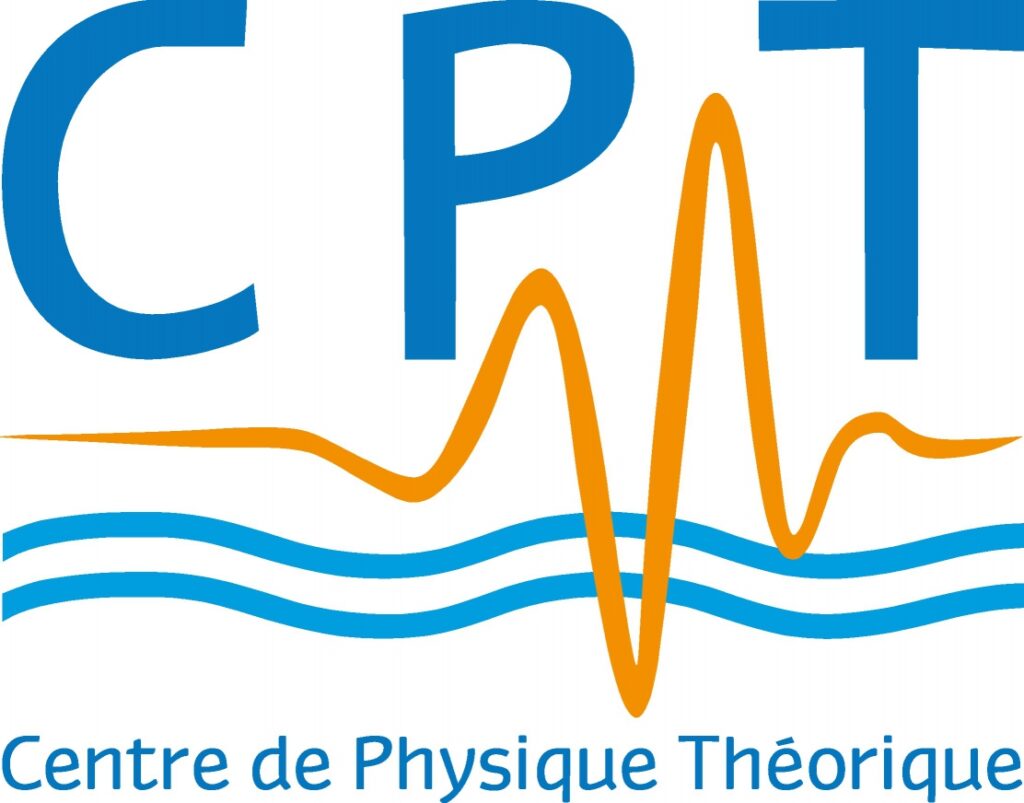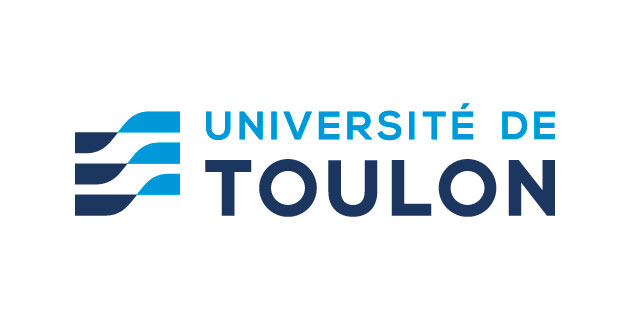Scientific Committee
Comité scientifique
Jean-Marie Barbaroux (Université de Toulon)
Virginie Bonnaillie-Noel (CNRS – DMA ENS Paris)
Peter Hislop (University of Kentucky)
Frédéric Klopp (Sorbonne Université)
Shu Nakamura (Gakushuin University)
Constanza Rojas-Molina (CY Cergy Paris Université)
Organizing Committee
Comité d’organisation
Philippe Briet (Université de Toulon)
Vincent Bruneau (Université de Bordeaux)
Pablo Miranda (University of Santiago, Chile)
Amal Taarabt (Pontifical Catholic University of Chile)
The conference is dedicated to the memory of Georgi Raykov
A special session will be organized to pay tribute to him.
« Letter of the Institute of Mathematics and Informatics of the Bulgarian Academy of Sciences »

The spectral theory of selfadjoint operators plays a fundamental role in Quantum Physics. The spectrum of a quantum Hamiltonian gives possible values of an observable, and the resonances theory provide important informations for the study of quantum evolution. The mathematical understanding of quantum Hamiltonians continues to progress for several decades. In particular, in recent years, motivated by the description of physical phenomena like the Superconductivity, the Quantum Hall effect or even study of materials such as Graphene, significant progress can be noted for magnetic Schrödinger operators, Dirac operators and Random operators.
For instance, after a rather complete description of the distribution of the eigenvalues for 2D magnetic Schrödinger operators, the analysis of scattering phenomena for the 3D case is progressed. In the semi-classical setting, the influence of the boundary on the spectrum is now better understood thanks to local (and microlocal) studies. Still, many questions on magnetic quantum Hamiltonians remain open. The normal forms and effective operators exhibited raise new mathematical questions. The consideration of relativistic phenomena and models of he physics of materials such as graphene leads to the study of the Dirac operator, for which new mathematical difficulties appear. The consideration of physical models taking into account the presence of impurities brings new problems which are treated by the theory of random operators. Due to its unusual and remarkable properties such as Klein tunneling and finite minimal conductivity, it has attracted great attention in recent years. Various groups of mathematicians and mathematical physicists have specialized on these topics and have produced already a good amount of important results.
The aim of this conference is to bring together leading experts and promising young specialists. We hope to stimulate the interaction of researchers from all these groups, researchers who have different approaches, points of view and knowledge of models. Bringing together specialists in various mathematical tools and colleagues focused on the physical models should help open up new perspectives.
La théorie spectrale des opérateurs autoadjoints joue un rôle fondamental en physique quantique. Le spectre d’un hamiltonien quantique donne les valeurs possibles d’une observable et la théorie des résonances fournit des informations importantes pour l’étude de l’évolution quantique. La compréhension mathématique des hamiltoniens quantiques continue de progresser depuis plusieurs décennies. En particulier, ces dernières années, motivées par la description de phénomènes physiques comme la supraconductivité, ou l’effet Hall quantique ou encore l’étude des matériaux comme le graphène, des progrès significatifs peuvent être notés pour les hamiltoniens quantiques magnétiques, les opérateurs de Dirac et les opérateurs aléatoires.
Par exemple, après une description assez complète de la distribution des valeurs propres pour les opérateurs magnétiques de Schrödinger 2D, l’analyse des phénomènes de diffusion pour le cas 3D est avancée. Dans le cadre semi-classique, l’influence de la frontière sur le spectre est maintenant mieux comprise grâce à des études locales (et microlocales). Néanmoins, de nombreuses questions sur les hamiltoniens quantiques magnétiques restent ouvertes. Les formes normales et les opérateurs effectifs exhibés soulèvent de nouvelles questions mathématiques. La prise en compte de phénomènes relativistes et de modèles de la physique des matériaux comme le graphène conduit à l’étude de l’opérateur de Dirac pour lequel de nouvelles difficultés mathématiques apparaissent. La considération de modèles physiques prenant en compte la présence d’impuretés pose de nouveaux problèmes qui sont traités par la théorie des opérateurs aléatoires. En raison des propriétés inhabituelles et remarquables telles que l’effet tunnel de Klein et la conductivité minimale finie, cette théorie a attiré une grande attention ces dernières années. Divers groupes de mathématiciens et de physiciens mathématiciens se sont spécialisés sur ces sujets et ont déjà produit une bonne quantité de résultats importants.
L’objectif de cette conférence est de réunir des experts de premier plan et de jeunes spécialistes prometteurs. Nous espérons stimuler l’interaction des chercheurs de tous ces groupes, des chercheurs qui ont des approches, des points de vue et des connaissances différents. Le regroupement de spécialistes de divers outils mathématiques et de collègues tournés vers les modèles physiques devrait aider à ouvrir de nouvelles perspectives.
LECTURES
Setsuro Fujiie (Ritsumeikan University) Energy-level crossing of a matrix Schrödinger operator and semiclassial resonancess
Peter Hislop (University of Kentucky) Some recent results on random band matrices and Schrödinger operators
TALKS
Jussi Behrndt (Graz University of Technology) The Landau Hamiltonian with delta-potentials supported on curves
Jean-François Bony (Université de Bordeaux) Spectral asymptotic for diffusions at low temperature
Olivier Bourget (Pontifical Catholic University of Chile) Perturbation of unitary operators and Rachjman spectrum
Mirna Charif (Université d’Orléans) Behaviour of large eigenvalues for the asymmetric quantum Rabi model
Yukimi Goto (University Kyushu) Nambu-Goldstone modes in a lattice Nambu-Jona-Lasinio model with multi flavor symmetries
Bernard Helffer (Nantes Université) Special session dedicated to the memory of Georgi Raykov: an overview of his works and discussion
David Krejcirik (Czech Technical University of Prague) Georgi’s game of twist
Vladimir Lotoreichik (Czech Academy of Sciences) Isoperimetric inequality for the two-dimensional magnetic Robin Laplacian
Albert Mas (Polytechnic University of Catalonia) Eigenvalue curves for generalized MIT bag models: resolvent convergence and corona type domains
Daniel Parra (University of Santiago of Chile) Topological Levinson’s theorem in presence of discontinuities of the scattering matrix: a discrete magnetic model
Veselin Petkov (Université de Bordeaux) Asymptotics for the eigenvalues and the resonances for dissipative operators
Alexander Pushnitski (King’s College London) Unbounded Hankel operators
Nicolas Raymond (Université d’Angers) Boundary states of the magnetic Robin Laplacian
Constanza Rojas-Molina (CY Cergy Paris Université) The long-range Anderson model with weakly decaying off-diagonal terms
Simona Rota Nodari (Universite Côte d’Azur) Stability Analysis of Quantum Dissipative Systems
Jérémie Rouault (Université de Toulon) Nonequilibrium Steady State for a bosonic model on Minkowski and Rindler spacetimes
Christian Sadel (Pontifical Catholic University of Chile) Transfer matrices for m-channel unitary operators and absolutely contin- uous spectrum
Diomba Sambou (Université d’Orléans) Spectral properties for non-selfadjoint discrete Dirac operators
Alexander Sobolev (University College London) Spectral asymptotics of the one-particle density matrix for the Coulombic multi-particle systems
Eric Soccorsi (Aix-Marseille Université) Spectral properties for non-selfadjoint discrete Dirac operators
Kouichi Taira (Ritsumeikan University) Classical and quantum completeness of real principal type operators on the circle
Hanne Van den Bosch (Pontifical Catholic University of Chile) Mixing and oscillations in the linearized Vlasov-Poisson system
Angela Patricia Vargas Mancipe (Pontifical Catholic University of Chile) Absence of singular continuous spectrum for discrete Dirac operators
Alessandra Verri (Cornell University) Spectral analysis in sheared waveguides
Monika Winklmeier (University of Los Andes) TBA
Mahdi Zreik (Université de Bordeaux & UPV/EHU & BCAM) A Poincaré-Steklov map for the MIT bag model





